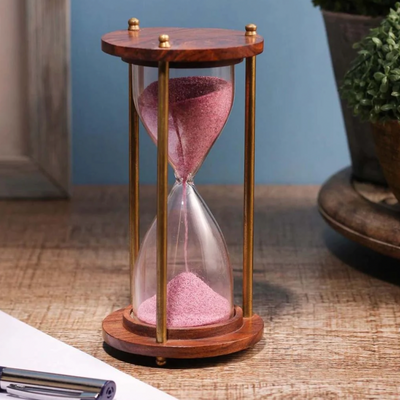Tribal Art: Art of Africa, America, and Oceania
Tribal art is the amalgamation of visual arts and the material civilization of indigenous people. Also referred to as non-Western art or ethnographic art, tribal art has historically been collected by Western anthropologists, private art collectors, and museums throughout time.
Tribal art is often considered ceremonial or religious. Typically originating in rural areas, tribal art refers to the subject and craftsmanship of artefacts collected from tribal cultures.
In museum collections and history, tribal art has three primary categories:
- African art - arts from Sub-Saharan Africa
- Art of the Americas
- Oceanic art - Australia, Melanesia, New Zealand, and Polynesia.
1) African Art
African art is a representation of the artistic traditions of sub-Saharan Africa's diverse cultures. Significant geographic areas are included, from the western Sudan south and east through central and southern Africa. The works range from refined Afro-Portuguese ivories of the 15th century to the formally strong Fang reliquary figures that appealed to early-20th-century artists such as Jacob Epstein and André Derain. Several works were created to complement the rank and prestige of regional leaders while others indicated the status of leaders invested with specific social responsibilities. Some art served as devotional artefacts created to pay homage to ancestral forces.
Among the best-known examples of traditional African art are the striking masks produced by many cultures across the continent: from the Zamble masks of the Guro culture of the Ivory Coast to Yoruba, Lulua, and Goma facial embellishments created by communities in Nigeria, Congo, and Tanzania. These masks often had a precise religious or ritual function, seen to take on magical properties in the context of a particular event.

2) Oceanian Art
The Arts of Oceania includes all major island groups, with particular strength in late 18th and early 19th-century intrinsic wood carving and painted bark cloth from the islands of Samoa, Tonga, and Hawaii. The Melanesian collection is highly impressive and consists of masterpieces from Papua New Guinea and New Ireland.
Covering more than a third of the earth's surface, Oceania is home to more than a thousand distinct cultures and an enormous diversity of artistic traditions. Oceanic art varies from the elegant realism of Polynesian and Island Southeast Asian sculpture to the minimalist aesthetic of Micronesian implements, to surreal and magical images of Melanesian ancestors and spirits and the graceful figures and vibrant abstractions of Australian Aboriginal art.
The Museum's holdings are some of the strongest in the sculpture of New Guinea, including a large group of Asmat works collected by Michael Rockefeller in 1961. The Oceanic galleries also house an important collection of Polynesian sculptures as well as an assortment of materials from the Island of Melanesia and Islands of Southeast Asia.

3) Art of the Americas
Unlike their European counterparts, aspiring sculptors in America had no grand tradition of plastic art to aim for, or to measure themselves against what ancient Americas are illustrated in the Metropolitan's collections by Precolumbian objects largely from Mexico and Peru. Covering 3,000 years beginning at about 1500 B.C. and ending with the onset of Europeans in America in the late 15th century A.D., these stunning pieces of art consist of sculptures carved in stone and ceramic, rare intricate carvings of wood, and precious pieces of gold, silver, and jade.
Textiles and featherwork were a major aspect of the collection as well. The objects in American Art encompass Olmec carvings in jade from Mexico of the first millennium B.C, sculptural ceramic vessels of Moche people in Peru of about a thousand years later, and a ceremonial wood figure from the Caribbeans, dating back to 1500 A.D.
American sculptors are best known for their innovative methods of casting, modelling, and usage of a variety of materials such as cement, aluminium, textiles, fibreglass, and urethane foam.

Written by Sara Ayoob







Leave a comment